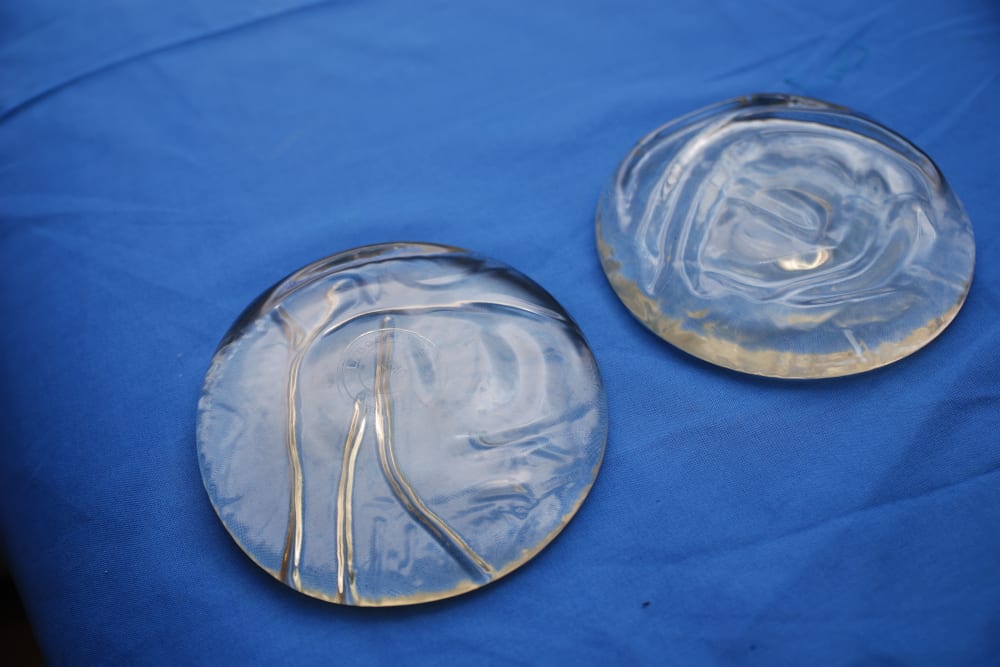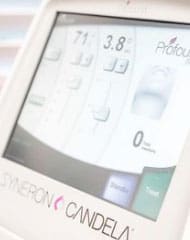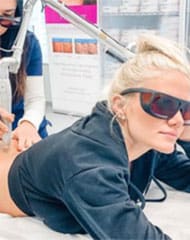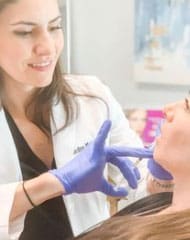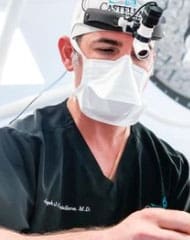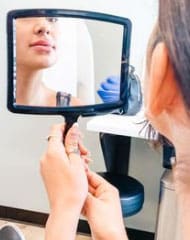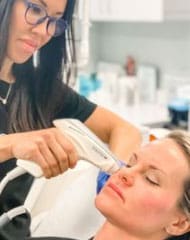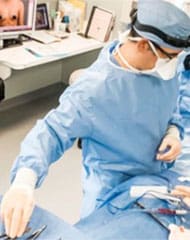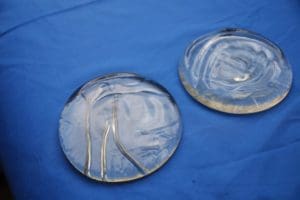 When deciding to move forward with breast augmentation, there are a number of important decisions you’ll need to make before your surgery day. Choosing your cosmetic surgeon is perhaps the most important choice you’ll make. Finding the right cosmetic surgeon who has vast experience performing breast surgery and makes you feel comfortable is the first step in your breast augmentation journey.
When deciding to move forward with breast augmentation, there are a number of important decisions you’ll need to make before your surgery day. Choosing your cosmetic surgeon is perhaps the most important choice you’ll make. Finding the right cosmetic surgeon who has vast experience performing breast surgery and makes you feel comfortable is the first step in your breast augmentation journey.
Once you find the cosmetic surgeon who’s right for you, you’ll need to decide on what kind of breast implants to get. Beyond the size of implants you want, you may be surprised at how many other options there are. Here’s a quick guide to help you understand the differences in the types of implants so you can get the best breast augmentation results possible.
-
Saline Implants
Saline implants are not as popular as silicone implants, but they do offer some unique benefits. Unlike silicone implants which come pre-filled, saline implants are inserted into the breast pocket while empty and are then filled with sterile saline solution. For some women, this means a slightly smaller incision is required. This can also make saline implants a wonderful option for women interested in achieving the most symmetrical results since they can be custom-filled to the best volume.
-
Silicone Implants
Silicone implants are more popular than saline implants, with over 70 percent of women opting for silicone. For many women, silicone implants are the preferred choice because the cohesive silicone gel more closely mimics real breast tissue, and therefore often delivers results that look and feel more natural. Contrary to what some may think, a leaking or ruptured silicone implant will not empty or collapse. The cohesive nature of the gel prevents this from happening.
-
Round Implants
Both saline and silicone implants are available in a round shape, which is the most common shape of implants. Based on your anatomy, your surgeon will discuss your options for implant shape and explain which is best for you. One concern that is alleviated with round implants is the possibility of an implant rotating. Since round implants are the same shape all the way around, a turned or rotated implant won’t affect the breast appearance.
-
Smooth Implants
When it comes to the casing of implants, there are two varieties: smooth and textured. Smooth implants are the most commonly used, and the outer silicone shell is smooth and slippery. This means the implant won’t attach itself to the surrounding tissue and will move freely within the capsule that forms around it in the breast pocket.
-
Textured Implants
As the name implies, textured implants have a sandpaper-like shell that is slightly stiffer and firmer than its smooth counterpart. Textured implants were designed with the idea that they would better grip the surrounding tissue and therefore be less likely to move or rotate. For this reason, all anatomically-shaped, or tear-drop, implants have textured shells.
A Note on Capsular Contracture
The potential for capsular contracture has been at the center of the debate over whether smooth or textured implants are better. Capsular contracture occurs when the shell of tissue that surrounds the implant, the capsule, becomes tight and causes the implants to feel very hard. Some studies have shown that using textured implants reduces the likelihood of capsular contracture.
However, there are plenty of other studies that show no difference in the rate of capsular contracture between the two types of implants. In fact, there isn’t conclusive evidence on either side of the argument about the best implant for preventing capsular contracture. Experienced cosmetic surgeons have their own implant preferences based on their technique and experience.
Related Posts
